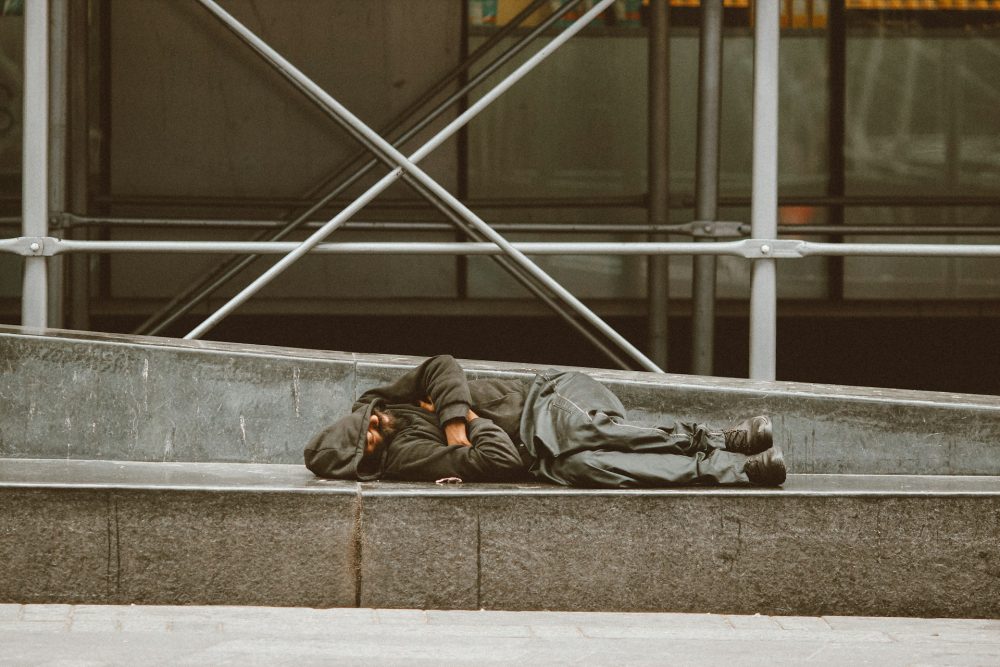Business
Central Planners: Out of Room and Running Out of Time
Central planners have gone all-in with their fiscal and monetary policies. In their zeal to keep the stock market in a perpetual bull market, they have borrowed and printed to the limit. Interest rates are now at or near zero and debt to GDP ratios have risen to the point where continued solvency is now becoming a real risk.

One would have to place their trust in unicorns, sasquatch, leprechauns, and the tooth fairy to believe the current economic construct is sustainable. You also need to be woefully ignorant of history. In fact, there has never been a nation that engaged in massive debt monetization and did not eventually face hyperinflation, depression, and mass chaos. There is simply no such thing as magic, and you can’t build an economy on the foundation of debt, asset bubbles, and unlimited fiat money printing.
Perhaps the reason why the market hasn’t imploded yet is that the developed world has coordinated this so-called “strategy” of unbridled central bank lunacy to engage in permanent ZIRP and QE. Therefore, a currency crisis has been averted so far. However, now that these money printers have gone all-in, the next recession or freeze-up in credit markets cannot be averted by a dovish turnaround in monetary policies, as governments already have the gas pedal to the monetary and fiscal floor. The globe now has $255 trillion in debt, and the U.S alone is adding one trillion to that pile each year. The Fed is back in QE, along with the ECB and BOJ. And, no central bank in the developed world has room any longer to cut rates enough to boost consumption.
In the past few months, we have seen the yield curve invert, credit markets freeze, spiking repo rates, stalling global economic growth, an earnings recession, and a crash in equities. The Fed has panicked from the practice of raising rates and from burning the base money supply through its QT program to three rate cuts and a return to QE ($60 billion per month). That trenchant change in monetary policy is the main reason why the market has rallied to near all-time record highs.
Therefore, the salient question for investors is to determine if the economy is in a 1995 type of mid-cycle slowdown, where the Fed cuts rates a few times and stocks rallied nearly 200% into the end of the millennium (That is what Mr. Powell is hoping for and wants you to believe). Or, are we in a 2000//2007 rate-cutting cycle, where the Fed’s efforts to slash and burn banks’ borrowing costs by over 500 bps was still woefully inadequate towards reflating the economy and equities? And, in fact, did nothing to avert an absolute bloodbath in asset prices on both occasions.
It is critically important to answer this question correctly because you don’t want to be short stocks and miss out on the ride up to the massive blow-off top. Likewise, you don’t want to passively buy and hold equities when they are on the cusp of losing over half their value once again. Either way, it is imperative to point out that the Fed was only able to keep the inevitable crash in abeyance for just a few years at best. But, it only exacerbated the eventual demise. So, we are definitely headed for an epoch crash; the only question that remains is from how high?
With the value of equities already in the thermosphere, another massive increase in stock prices like we saw in the late ’90s is out of the question. Global interest rate levels are at an all-time low, while debt levels are at an all-time high. And, the entire developed world’s central bankers are already in some state of QE. Therefore, the incremental monetary and fiscal fuel just isn’t available to boost asset prices much further from here.
Having a model that analyzes 20 rigorously selected components and signals when it is time to bail out of equity-long exposures, get into cash, get net short stocks and increase exposure to gold is crucial. The earnings and GDP growth picture continues to deteriorate and points to trouble ahead. However, as of yet, we do not see any breakdown in the high-yield debt market. Also, the breakeven and LIBOR spreads are still quiescent. And importantly, although the Ten-Two Treasury Note yield spread has started to contract once again after inverting last year, it has not yet set off alarm bells–but it is getting very close. If that spread gets below ten bps or even inverts once again, it will most certainly mean that the Fed’s mid-cycle adjustment was woefully inadequate, and we are headed for another Great Recession/depression coupled with a crash in equity prices. Alternatively, if the yield spread widens due to a rising Ten-Year Note, then it is a sign of increasing economic strength, albeit on a temporary basis.
At the end of last year, investors were pricing in a recession, and the stock market was in freefall. But, as of now, the Fed’s pivot has allayed those fears of recession and has caused most investors to fully price in a global economic recovery. Now the burden is on that recovery to materialize. Otherwise, investors are in for a huge disappointment, given the fact that stock valuations have never been higher relative to the underlying economy. Investors need to monitor the data instead of being brainwashed by Wall Street’s mantra about perpetual growth and fair valuations. Making money during all economic cycles should be the goal and that includes depressions, stagflations and everything in between. This is unique on Wall Street because 95% of money managers just try and mimic the S&P 500 and charge a hefty fee for doing so.
I’ll close with this warning from Vanguard, who is the largest provider of mutual funds and the second-largest provider of exchange-traded funds in the world. “As global growth slows further in 2020, investors should expect periodic bouts of volatility in the financial markets, given heightened policy uncertainties, late-cycle risks, and stretched valuations. Our near-term outlook for global equity markets remains guarded, and the chance of a large drawdown for equities and other high-beta assets remains elevated and significantly higher than it would be in a normal market environment…Returns over the next decade are anticipated to be modest at best.”
The average investor will be lucky to see any returns at all over the next decade and with major drawdowns during that 10-year duration. Given this extraordinary set up, investors may want to plan on shorting the market when the secular downturn arrives. This way they will have the capital available to deploy once the panic is over.
—
(Featured image by Sharon McCutcheon via Unsplash)
DISCLAIMER: This article was written by a third party contributor and does not reflect the opinion of Born2Invest, its management, staff or its associates. Please review our disclaimer for more information.
This article may include forward-looking statements. These forward-looking statements generally are identified by the words “believe,” “project,” “estimate,” “become,” “plan,” “will,” and similar expressions. These forward-looking statements involve known and unknown risks as well as uncertainties, including those discussed in the following cautionary statements and elsewhere in this article and on this site. Although the Company may believe that its expectations are based on reasonable assumptions, the actual results that the Company may achieve may differ materially from any forward-looking statements, which reflect the opinions of the management of the Company only as of the date hereof. Additionally, please make sure to read these important disclosures.

-

 Impact Investing7 hours ago
Impact Investing7 hours agoSnam Issues €500 Million Green Convertible Bonds and Launches 2028 Bond Buyback
-

 Fintech1 week ago
Fintech1 week agoPakistan’s Digital Finance Paradox: Growth, Fraud, and the Fight for Trust
-

 Impact Investing3 days ago
Impact Investing3 days agoBattery Energy Storage Systems: Shaping the Future of Clean Energy
-

 Crowdfunding6 hours ago
Crowdfunding6 hours agoMickey Rourke Turns to Crowdfunding Amid Financial Struggles























